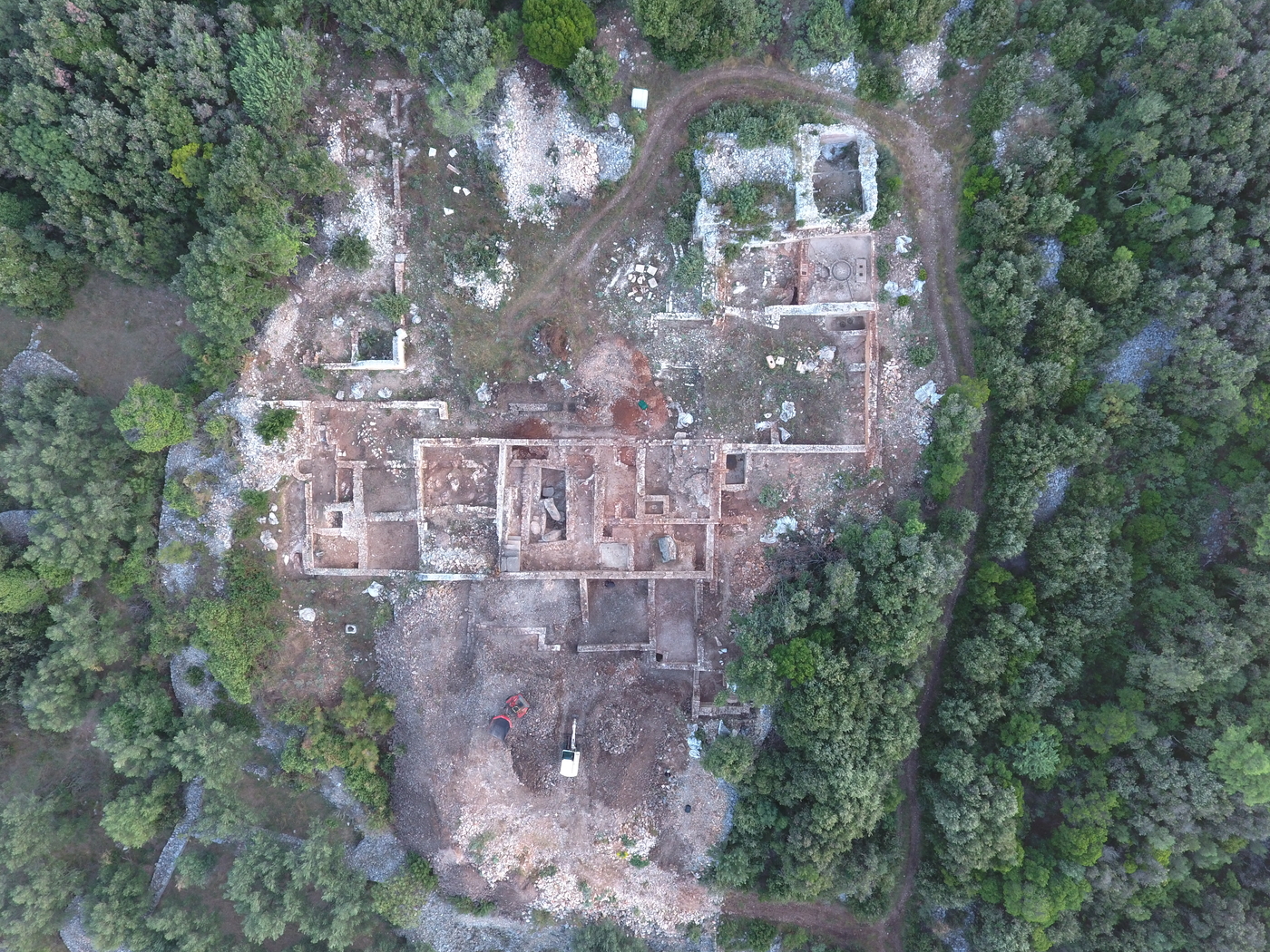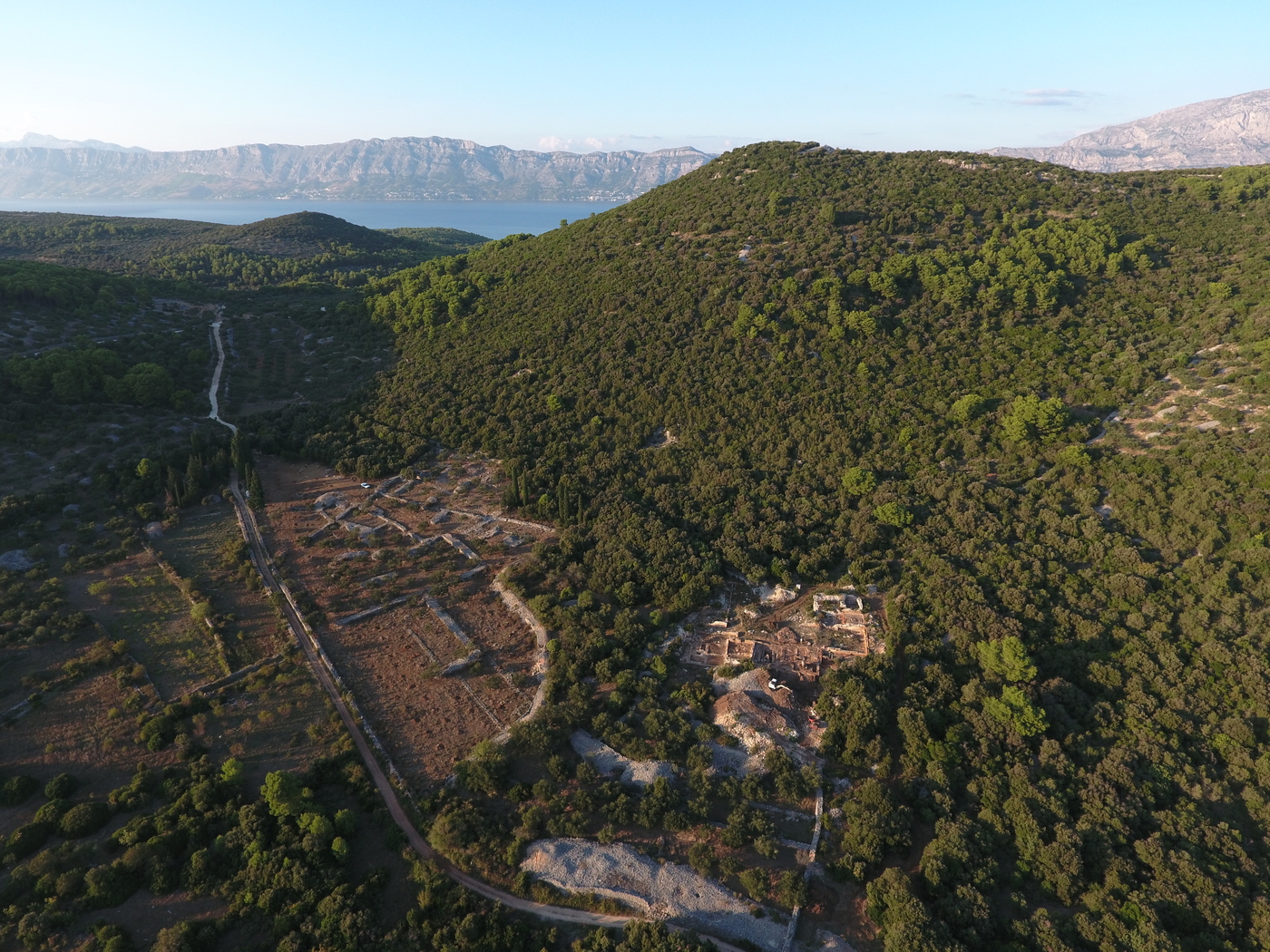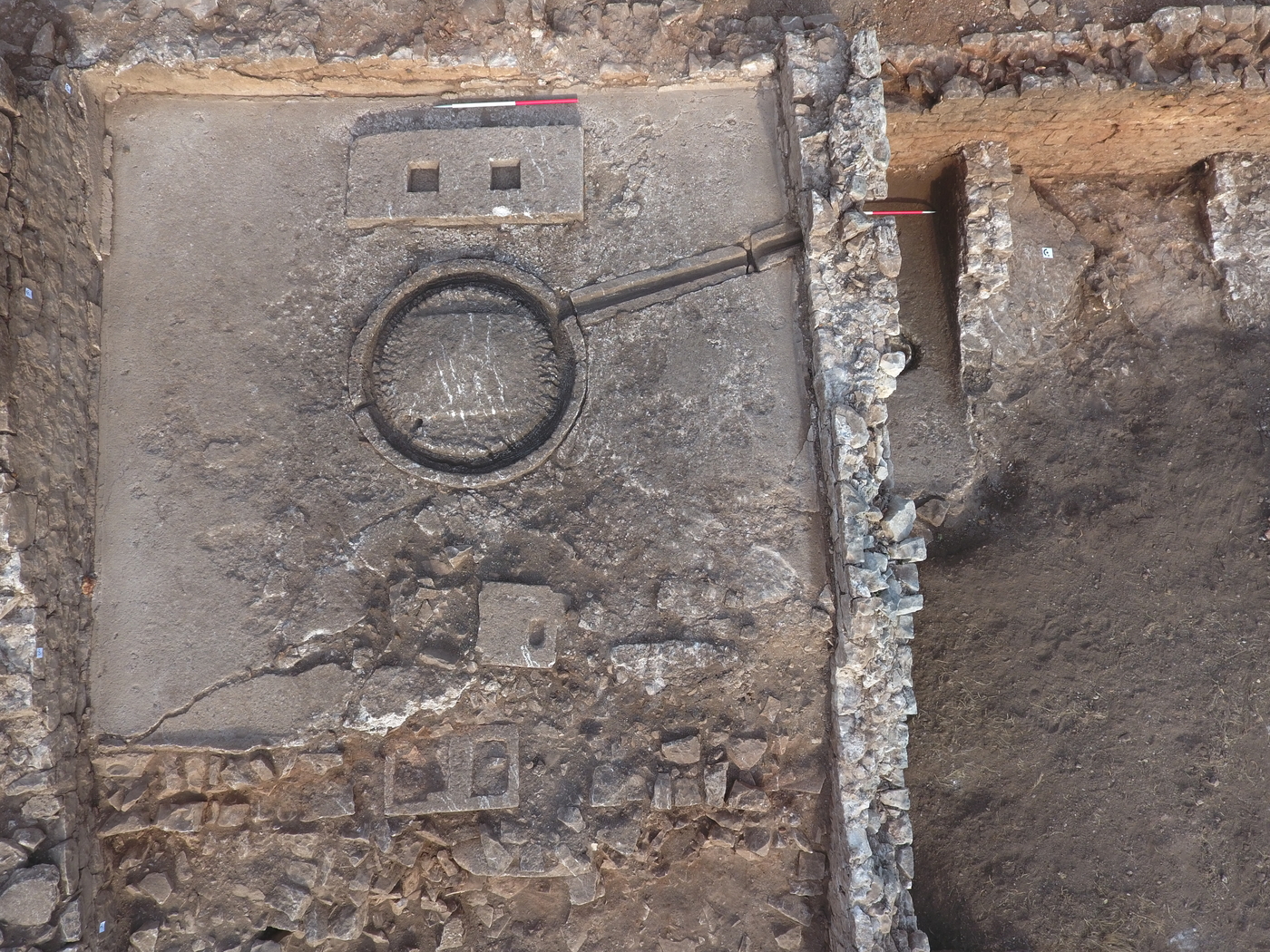The Roman villa of Bunje
The excavation of the Roman villa of Bunje on the island of Brač is part of a programme investigating the occupation mechanism in Central Dalmatia (present-day Croatia) following the Roman conquest in the 1st century BCE.

Although never excavated by archaeologists, the Bunje site was known for almost a century before the mission started in 2015. The excavation shed light on the nature of the site and the history of its occupation.
The occupation of Roman Dalmatia
The excavation of the Roman villa of Bunje on the island of Brač is the first stage of a project that aims to better understand how the territory of Central Dalmatia was occupied following the Roman conquest in the 1st century BCE.
A potentially valuable site from an archaeological point of view, the Bunje villa provided the initial focus for the excavations. The villa found on the site was occupied in three main stages. A farm was built around the mid-1stcentury CE. Modest in size, it was occupied by the original Italian settlers who immediately produced wine on the site. They also planted olive trees for future generations, since this type of tree only reaches maturity after a decade or so.
During the 2nd century, the farm was replaced by a large villa with a classic ground plan. Erected on either side of a large courtyard, the buildings were divided into two areas: one for living, the other for production. The residential area had thermal baths with a hot room over a hypocaust. In the working area, wine production was replaced by olive oil production, which remains a source of wealth on the island of Brač today. Lastly, briefly abandoned in the 3rd century, the villa was reoccupied and refurbished in the 4th century. Olive oil production grew with the construction of large presses; part of the villa also took on a funerary function with the construction of large sarcophagae.
Although wine and then olive oil production played an important role on the estate, it was engaged in other activities that have left no or little trace, such as cereal crops and livestock breeding. Researchers have revealed how honey, for example, was a major part of the estate’s production mix. This was confirmed by the discovery of several dozen ceramic hives.
The next stage of the programme
Although the excavation of the Roman villa of Bunje is almost complete, the programme will continue with surveys on the islands of central Dalmatia and on the continent to expand our knowledge of the different ways this territory was occupied during the Roman period.
The project is supported by the French Ministry for Europe and Foreign Affairs on the advice of the Excavations Board (Commission des fouilles).
Useful links
- Introduction to the programme, on the website of the École Française de Rome





